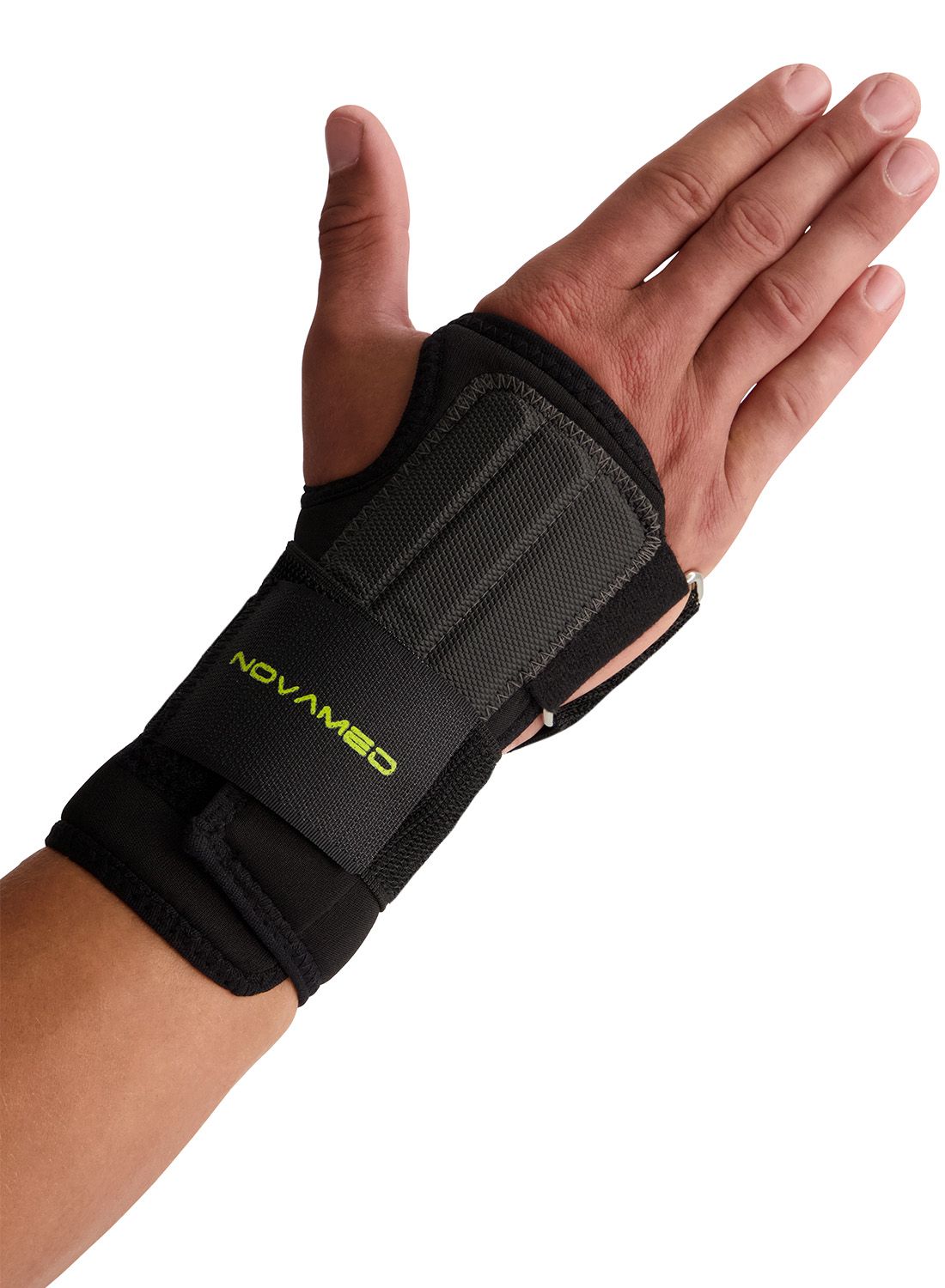Kienbock's disease
Kienbock's disease is a very troublesome condition in which one of the carpal bones in the wrist dies. We are happy to explain more about the cause, symptoms, and treatment of this disease.
What causes Kienbock's disease?
The cause of Kienbock's disease is unknown. However, it is known that the disease occurs more frequently in people with a relatively short ulna in the forearm or when they have an abnormal shape of the lunate bone. The disease most commonly affects men between the ages of 20 and 40.

What are the symptoms?
Below are the most common complaints and symptoms associated with Kienbock's disease:
- Pain in the wrist, especially when extending the middle finger or with direct pressure on the lunate bone
- Swelling
- Stiffness in the wrist joint
- Reduced grip strength
- Worsening of symptoms with use of the hand/wrist
- Limited range of motion in the wrist
How does Kienbock's disease develop?
Kienbock's disease is caused by a disruption in the blood supply to the lunate, a moon-shaped carpal bone. As a result, parts of this bone die. The body attempts to reduce the damage and repair it by removing the dead cells and replacing them with living, new bone tissue. Other causes that may lead to Kienbock's disease include prolonged overuse of a healthy bone, trauma, sickle cell disease, gout, or the use of corticosteroids. People with Kienbock's disease are also frequently seen to have a shorter ulna.

How is Kienbock's disease diagnosed?
If you visit your general practitioner with your symptoms, you will be referred to an orthopedic surgeon. He or she will conduct a physical examination and listen to your complaints. X-rays will then be taken, and in some cases, an additional CT or MRI scan may be necessary. The MRI scan provides insight into the blood supply of the lunate bone, any wear that may have occurred, and the severity of the bone collapse.
How is Kienbock's disease treated?
There are several treatment methods available for Kienbock's disease. Initially, rest is recommended. If this is not (sufficiently) effective, wearing a splint is often advised. The splint should be worn day and night for a period of 4 to 8 weeks.
If surgical treatment is chosen, there are several options available. When the disease is still in an early stage, it is possible to restore the blood supply to the lunate bone. Shortening the radius is also still an option at this stage. In a later stage, when the bone has fractured, the following options are available:
- Fixation of the bone with a metal plate
- Removal of the first row of carpal bones
- Replacement of the entire wrist joint
After surgery, it is recommended to wear a wrist brace. This provides the proper support and stability.

- Physiotherapist
- Sports podiatrist
- Manual therapist
- Podopostural therapist
- Myofascial dry needling specialist



